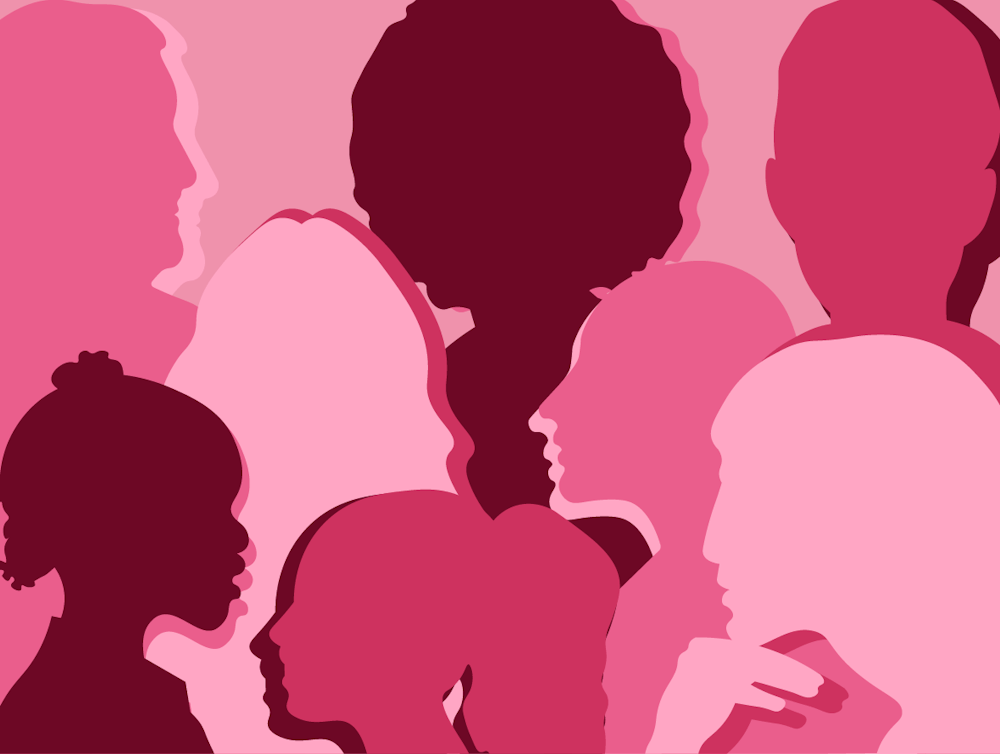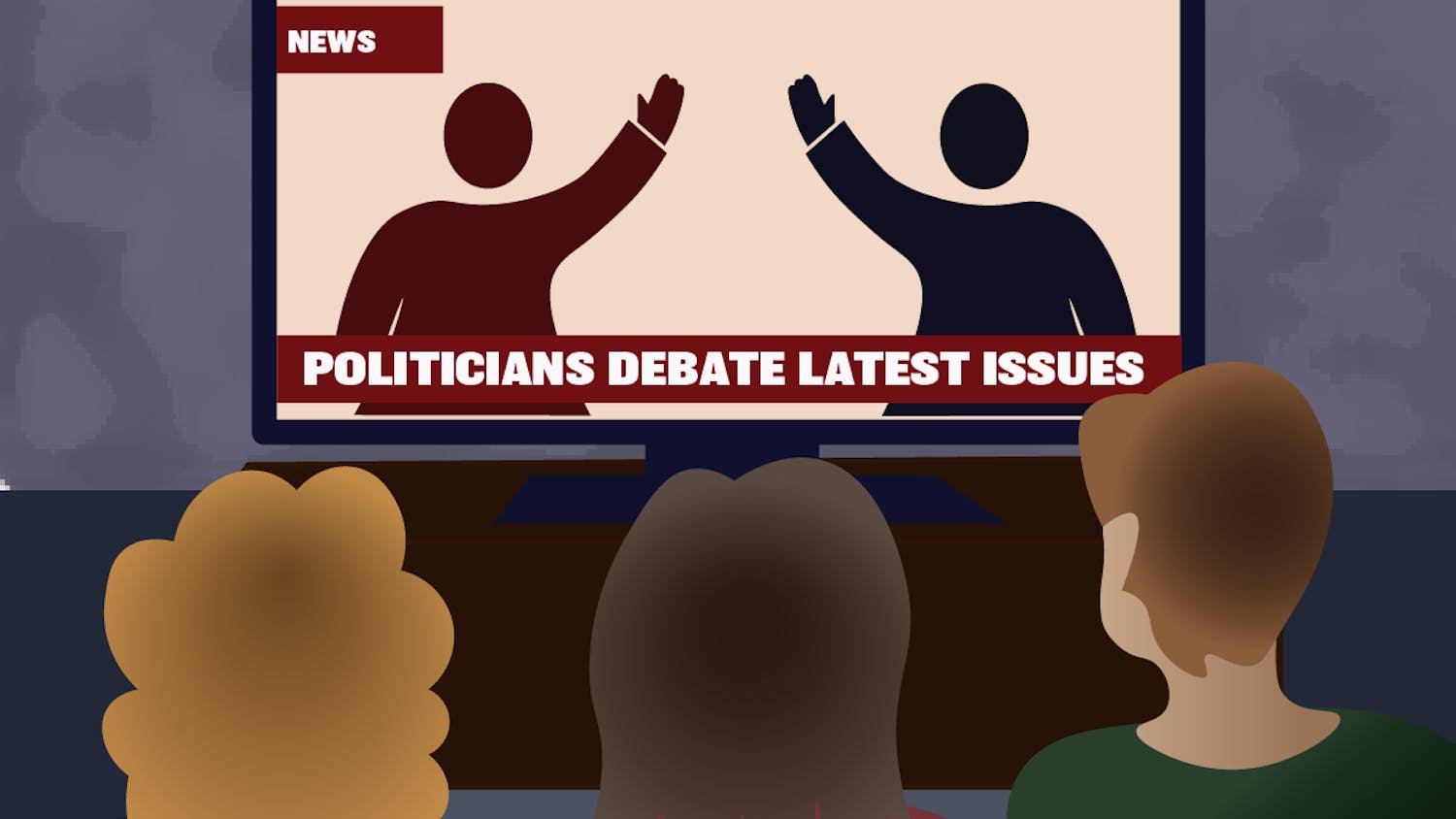“The ‘I hate pink’ phase was never about the color,” an Instagram post reads. With more than 20.9 million views, the post’s comments are rooted in a concept that has driven society’s perception of femininity for the past eight decades.
About 5,000 people recounted the times in their lives when pink taught them to be proud of being a woman, with anecdotal experiences marking pink with self-discovery and emotional wellness.
For many feminine-presenting individuals, embracing the color pink goes deeper than simply wearing pastels. In fear of being viewed as inferior to others, women reject the color and bury their feminine characteristics.
It may seem as if they’ve gained control of societal expectations, but its rejection proves that pink, like any color, can never be brushed away.
Jade Foss, an 18-year-old UF graphic design and computer science freshman, adored pink from a young age. Foss’ entire bedroom was once pink, from its brightly painted walls to her favorite princess dress in her closet.
But when she reached middle school, she threw out every item she owned that came close to the color. It was impossible to like pink and play with action figures at the same time, she reasoned.
“I did not want people to associate me with that color because I assumed if I was associated with the color, it would make me [be] seen as only feminine and that I had to do these specific things that people thought [were] meant for me,” Foss said.
After abandoning pink, she opted for neutral colors to avoid being stereotyped. Recently, she realized color has no limitations because her personal experiences challenged those norms. She can do whatever she wants, even in a vibrant, fluffy, rose-toned dress, she said.
Learning more about herself led her to become less concerned with what others thought and more assertive about what she genuinely enjoys, Foss said.
Contrasting the U.S., many people in Europe judge those who don’t wear neutral colors, she said. Growing up in Germany led her to realize people place too much significance on colors.
“I don’t think any color should be for certain people at all,” she said. “It’s a color.”
Colors don’t have inherent meanings, but society gave them associations, she said.
Blue was historically seen as the main color associated with femininity because it was thought to be dainty, whereas pink was seen as bold. Due to marketing decisions and the rise of consumer capitalism, pink became the typical “girly” color.
Divya Huilgol, a 19-year-old UF women’s and gender studies sophomore, said one of the reasons pink is seen as the “women’s color” is because pink dye was less expensive than blue for companies after World War II.
At the time, the target demographic for most advertisements was rich, white men. In order to maximize profit, companies prioritized “masculine” colors because feminine characteristics weren’t taken seriously, she said.
“It’s reductive to place so much emphasis on color choice and to reduce ourselves to whether or not we’re using pink or blue to denote gender expression,” Huilgol said. “In professional clothing, you’re never going to see a pink blazer. They want to be perceived as cold, calculating [and] logical.”
However, some companies are revolutionizing the color pink by reclaiming femininity as something that shouldn’t be seen as “weak” or a “disadvantage.” After the release of the 2023 “Barbie” movie, the advertising industry saw a 46% increase in the use of pink in branding across all marketing sectors.
UF’s Planned Parenthood Generation Action organization primarily uses pink across its social media platforms. Sophia Scribani, a 21-year-old UF health science junior, is responsible for designing the club’s Instagram posts.
Since pink is a gendered color, she said she uses it to grab viewers’ attention. Protesters for reproductive rights often wear pink as a symbol of empowerment.
“Now, too much pink can be considered a threat by some parts of society,” Scribani said. “We’re still pretty far away from achieving true gender equality, but … if there comes another issue as important as reproductive justice, that might bring [another] color back as a rallying cry for feminism.”
Contact Autumn Johnstone at ajohnstone@alligator.org. Follow them on X @AutumnJ922.
Autumn Johnstone is a freshman journalism/art student and a music reporter for The Avenue. When they're not writing, you can find them enjoying a nice cup of coffee at a nearby café or thrifting for vinyls.






